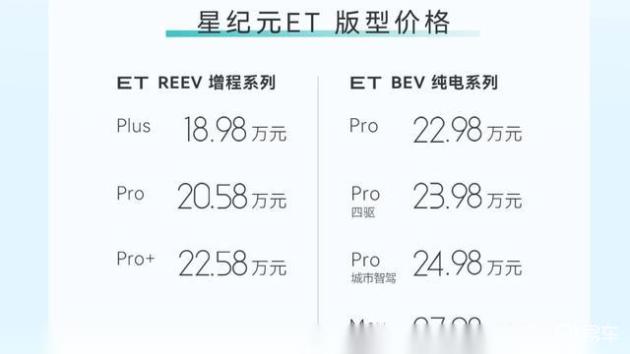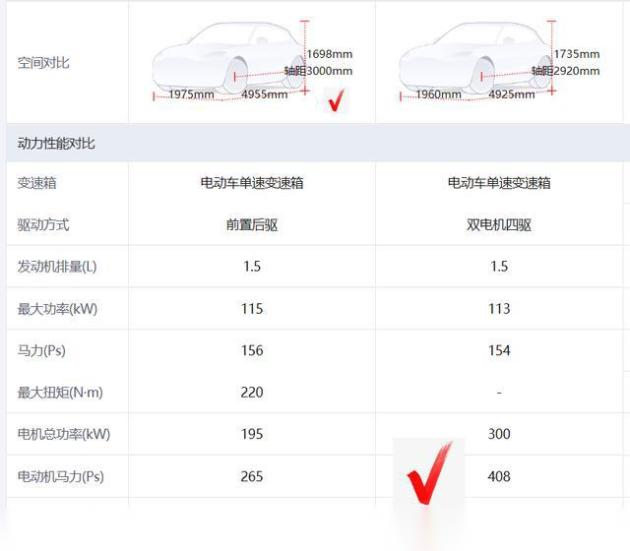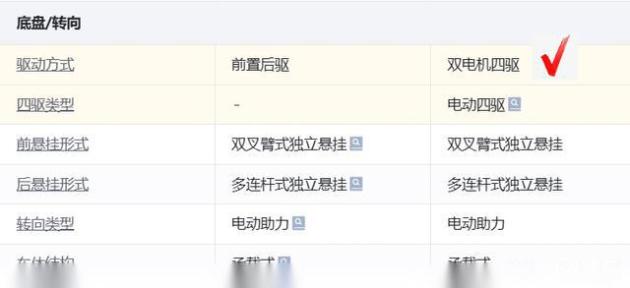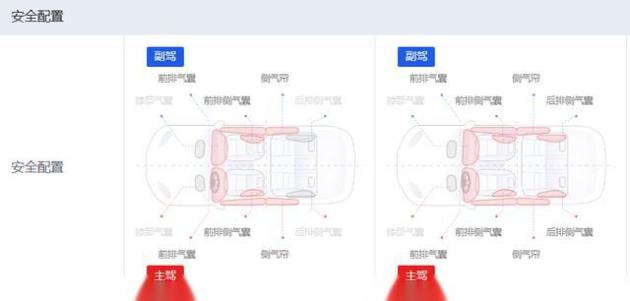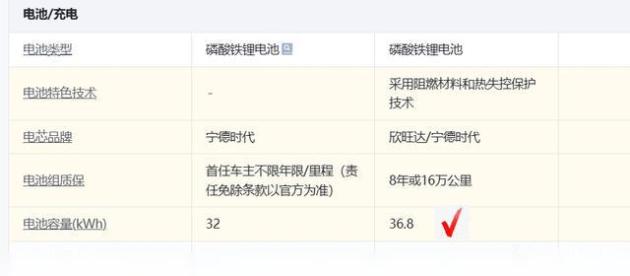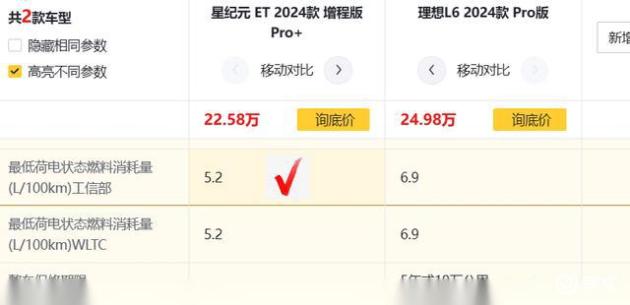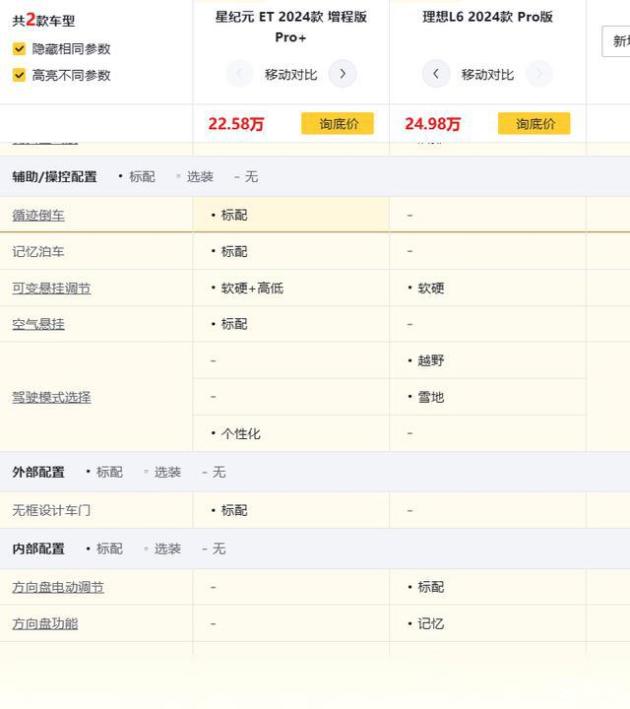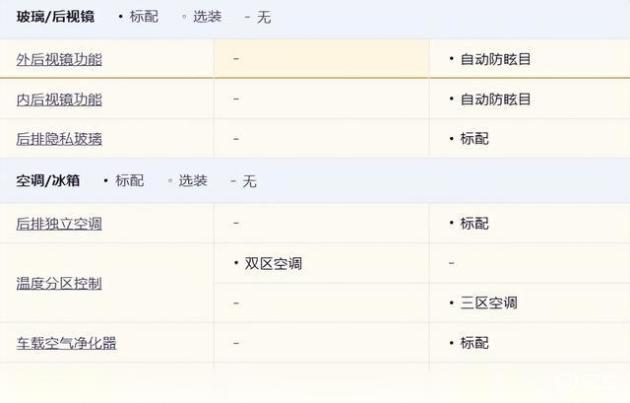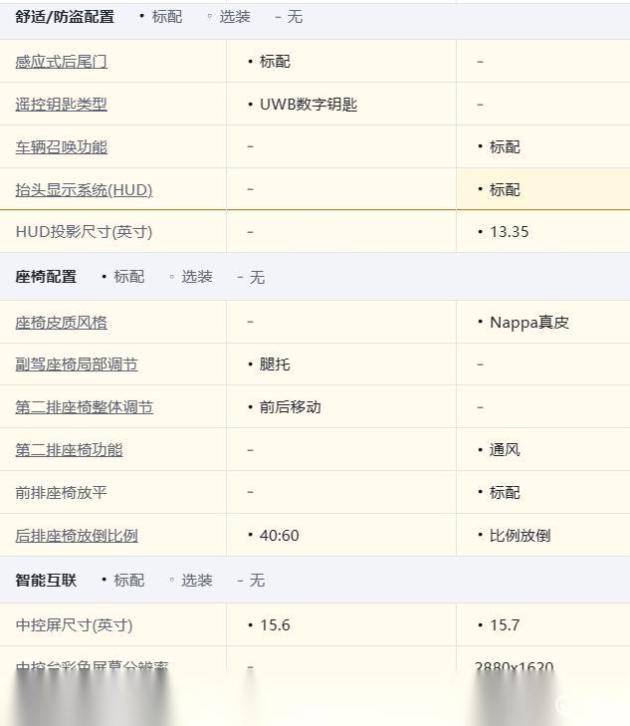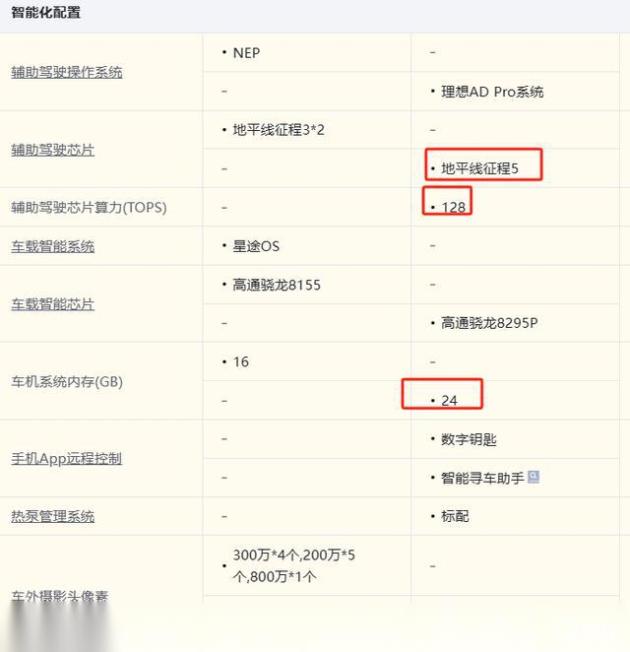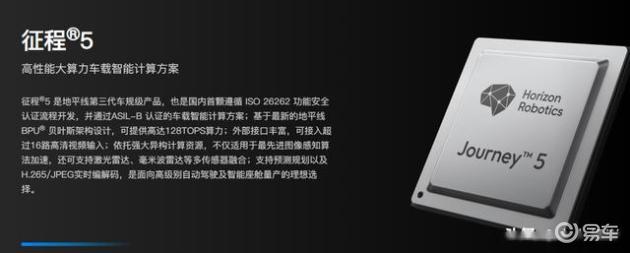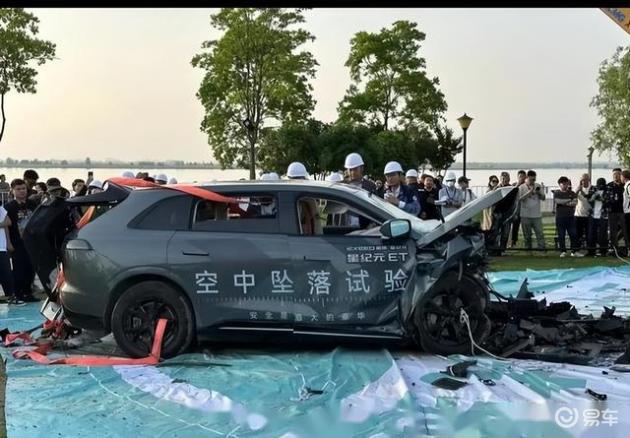[Private economy and high-quality development in the new era]
Over the past 40 years of reform and opening-up, the private economy has been growing and playing an important role in entrepreneurship, employment, technological innovation and tax contribution. China’s economic development has created the China miracle, and the private economy has contributed greatly, especially compared with the external dependence path and mode of early technology introduction and technology imitation, private enterprises have significantly improved their awareness and ability of independent innovation.
In the first ten days of September, the investigation results of the "Private Economy and High-quality Development in the New Era" visiting the private enterprises in Guangdong, Zhejiang, Hubei and other places showed that the private economy structure was being optimized, independent innovation became the key word of development, emerging industries were born with innovation, and traditional industries were also blessed with independent innovation to achieve "running" transformation and development.
Emerging industries are "born with innovation"
When General Secretary of the Supreme Leader visited Guangdong last year, he emphasized that "to realize the grand goal of the great rejuvenation of the Chinese nation, we should have ambition and backbone to accelerate the enhancement of independent innovation capability and strength, strive to achieve independent control of key core technologies, and firmly grasp the initiative of innovation and development in our own hands."
Independent innovation achieves "China speed". The interview found that in recent years, with the guidance and support of various policies, many private enterprises have focused on creating new cutting-edge products and breaking the western blockade by themselves, which not only gradually narrowed the gap between them and Europe and the United States, but also provided more and more creative ideas.
Mass spectrometer is one of the most advanced fields of scientific instruments, which has been mastered by a few developed countries such as Europe, America, Germany and Japan for more than 110 years, and more than 95% of the domestic market has been occupied by foreign countries. Since 2004, Guangzhou Hexin Instrument Co., Ltd. has ventured into the "no man’s land" in China, with the aim of "being a mass spectrometer in Chinese", Do not forget your initiative mind has studied hard and mastered the core technology of mass spectrometer, constantly breaking through innovation and filling the technical gap in China. In recent years, Hexin entered the field of general mass spectrometry instruments for scientific research, and the detection performance index of single particle aerosol mass spectrometer independently developed reached the international leading level, breaking the international monopoly of this technical index.
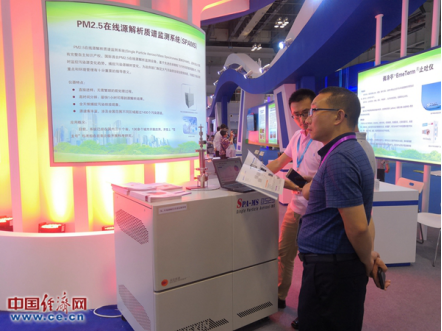
At present, Hexin ranks among the best in the field of mass spectrometry in China and has become one of the high-end mass spectrometer suppliers in the world. "We must constantly break through key core technologies, build the first benchmark of cutting-edge scientific instrument manufacturing enterprises in China, and enter the competition of the first echelon in the world." The relevant person in charge of Hexin said.
In the field of infrared detector chips, when the technology, equipment, technology, raw materials and talents were blocked by the West and the core chip was "stuck", Wuhan Gaode Infrared Co., Ltd. concentrated on research and development, and raised more than 2 billion yuan by itself. After eight years of hard work, it developed an infrared detector chip with completely independent intellectual property rights, and its technical performance reached the level of the first echelon in the world, filling the gap in this field in China. High-tech infrared chip can be packaged at wafer level of 120×90, which is only a quarter of the size of the little finger nail shell, and can realize the complete infrared imaging function. At present, it has entered thousands of households as a consumer electronics module, realizing the complete localization of infrared detector chips.

Gaode infrared company has successfully developed an infrared detector chip with its own intellectual property rights. (Photo courtesy of Gaode Infrared)
Another amazing chip is the 1280×1024 detector chip, which is the most advanced refrigerator chip at present. Its effect is not like that of traditional infrared imaging. The picture is as fine as that of visible light, and the detection distance and action distance are very long. "We can proudly say that we have reached the forefront of the world in the infrared chip industry." The person in charge of Gaode Infrared said.
Ubisoft, which has been focusing on artificial intelligence and robot research and development, was selected as one of the "50 Smart Companies" in MIT Science and Technology Review in 2019 this year. You must choose the core technology in the field of robotics — — Starting with servo steering gear, we have accumulated a series of core technologies for long-term research and development, and the main technologies are independently developed, which are at the top international technical level. Excellent talents are the key to development. You must choose to attract scientists and technical experts from all over the world to join, and set up relevant laboratories with universities such as Tsinghua University, Sydney University, Huazhong University of Science and Technology and Central Academy of Fine Arts, which have become the core competitiveness of enterprises.
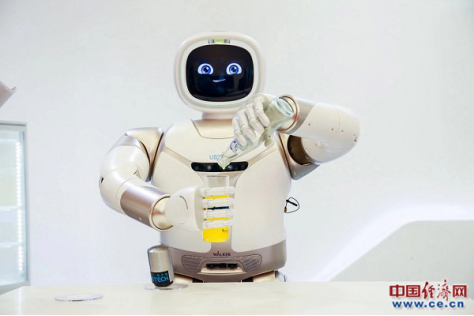
"Advanced technology and core technology can’t be obtained or bought, and we have to struggle on our own. Before the company was established, Ubisoft embarked on the road of technological innovation. " Zhang Wei, chief financial officer of Ubisoft Technology, said that Ubisoft started from the research and development of servo steering gear, and it took five years to overcome technical difficulties, achieving global leadership in performance parameters, stability and cost performance, and maintaining all the technical advantages of independent intellectual property rights except chips in the industry.
United as one, United as one. Private enterprises pay attention to independent innovation, which is the only way to climb the peak of science and technology in the world. Zhang Yuzhe, an expert who visited the investigation team, pointed out that the development model that relied on technology introduction and low labor cost in the past could no longer promote the high-quality development of enterprises. Private enterprises should base themselves on their existing foundations and comparative advantages, constantly promote the innovation of products, formats and business models, steadily enhance their own scientific and technological innovation strength, and realize strategic adjustment to adapt to the new normal of economic development.
Intelligent transformation of traditional industries "running" upgrade
Different from the emerging industries that are "born with innovation", private enterprises in traditional manufacturing industries want to be at the forefront in the new round of scientific and technological revolution and industrial transformation, and they must also be motivated by innovation, energetic by reform, and continuously enhance their enthusiasm and sense of mission for independent innovation, transformation and upgrading.
The digital age is in the ascendant, and the tide of intelligence is unstoppable. Zhengtai Group, which focuses on electrical components, power equipment and new energy industries, is actively implementing the machine substitution project, creating a new green, efficient and lean intelligent manufacturing model with the deep integration of industrialization and informationization, and accelerating the conversion of old and new kinetic energy. Zhengtai has set up three R&D centers in North America, Europe and Asia-Pacific, carried out independent innovation and technology pre-research, and formed a diversified and open R&D system. Explore the "Industry-University-Research" integration model with Tsinghua University, Shanghai Jiaotong University, Xi ‘an Jiaotong University, New South Wales, the United States, Europe and other institutions, integrate global innovation resources, and promote enterprise R&D innovation and personnel training.
In Hangzhou, Zhengtai Smart Factory introduced and independently integrated a full set of domestic automatic photovoltaic production equipment, which basically possessed most of the intelligent elements required by Industry 4.0, and showed the powerful power of intelligent manufacturing in hardware equipment, production technology and industrial software, which reflected the highest manufacturing level of many photovoltaic modules in China at present, and has been selected into the Sino-German cooperative intelligent manufacturing demonstration project of the Ministry of Industry and Information Technology.
It is one of the important breakthroughs in the transformation of traditional manufacturing industry to realize the orderly and efficient development of intelligent industrial chain through the interconnection of traditional business, artificial intelligence, big data and cloud computing.
CNC robot, automatic production line, personalized online customization & HELIP; … Driven by the digital revolution, Aokang Group Co., Ltd. is accelerating the pace of transformation with the help of digital interconnection and intelligent upgrade. Aokang’s "Smart Factory" — — Since the flying weaving workshop was officially put into use in 2017, it has been operating 24 hours a day, with a daily output of 3500-4000 pairs of uppers, which is the daily output of 150 workers in the traditional knitting workshop. In the store, Aokang Smart Store and C2M Experience Hall use technologies such as face recognition and crowd intelligence recognition to analyze sales behavior, integrate the preferences of different consumer groups, and meet the growing needs of consumers more efficiently and intelligently through data-driven and experience-driven.

Aokang flying weaving workshop. (Photo courtesy of Aokang)
"For Aokang, innovation is the only way to seize the opportunity of transformation and upgrading." Wang Zhentao, chairman of Aokang Holdings, said, "Driven by big data, Aokang will further integrate digital consumption scenarios, create new channels for shoe industry development, and promote artificial intelligence to empower and upgrade traditional industries."
Standing at the new crossroads of high-quality development, private enterprises will retreat if they don’t advance, and they must constantly improve their independent innovation and "run" transformation and upgrading. Zhang Yuzhe suggested that by continuously expanding open cooperation, carrying out collaborative innovation, promoting integration of defense and civilian technologies and other measures, we should innovate the organization mode of technology research and development, actively build an ecological circle around ourselves, promote the independent control of core technologies in key industries and the overall breakthrough of industrial chain innovation, realize the historical transformation of core key products from "unavailable" to "basically available" to "basically usable" and "leading development", and finally form the industrial ecological advantages based on core key products.
(Economic Daily-China Economic Net reporter Li Fang Yang Xiufeng Wang Yuying Wei Min)










































